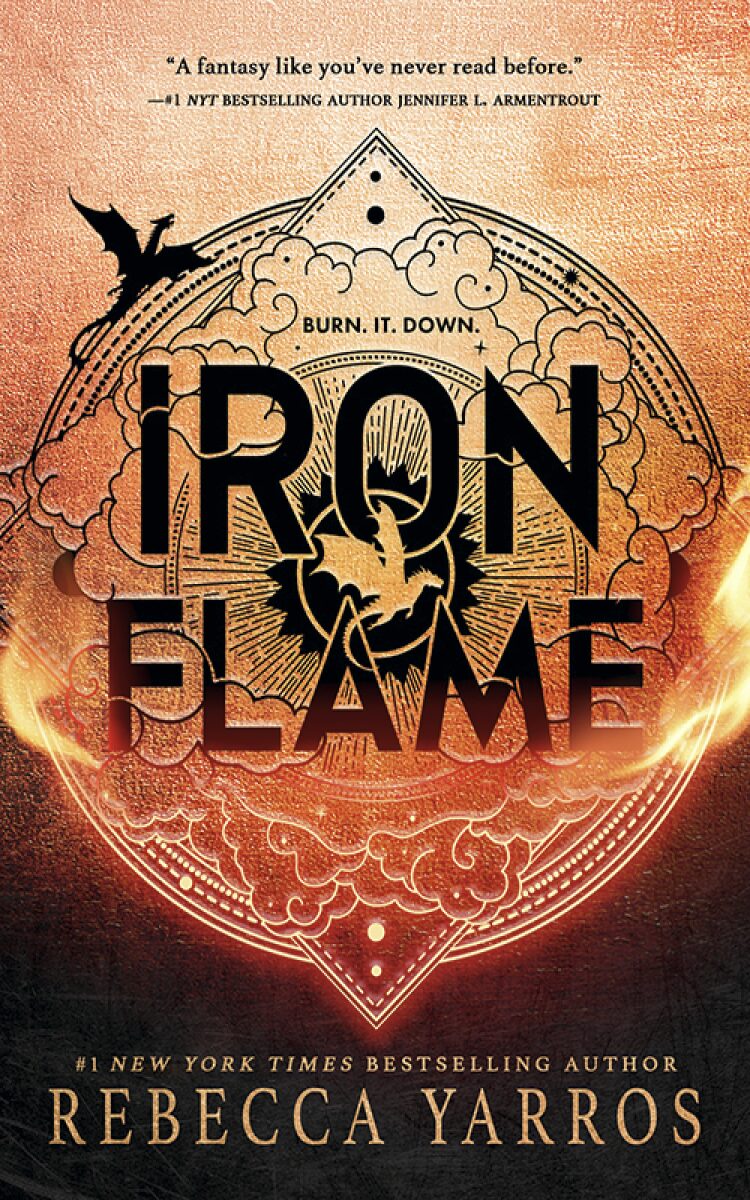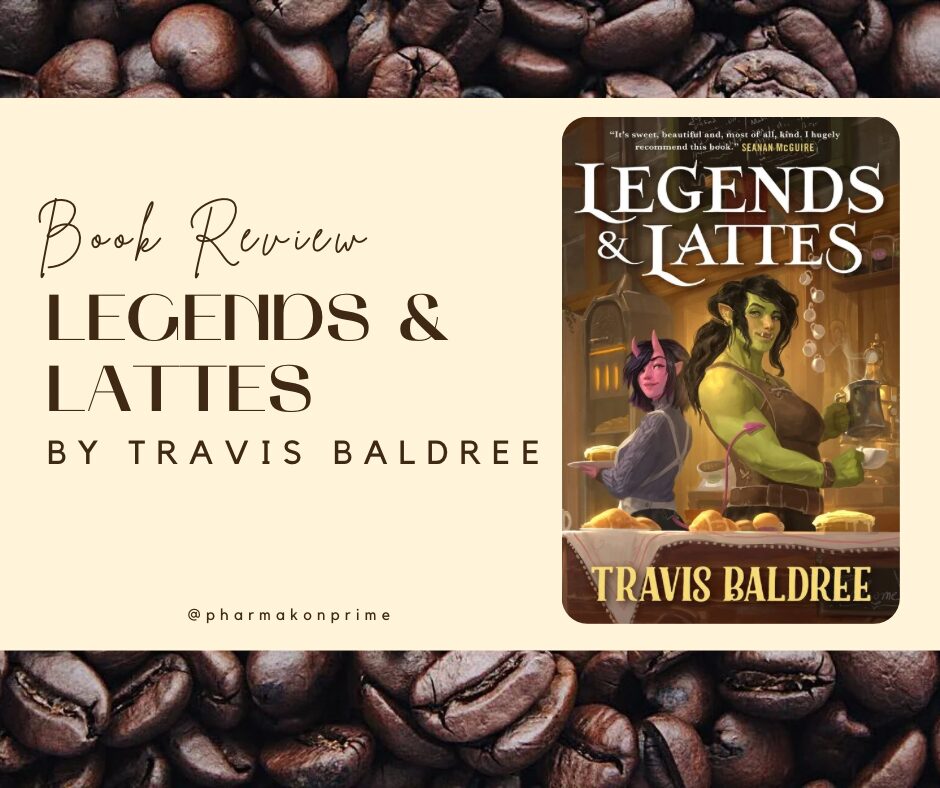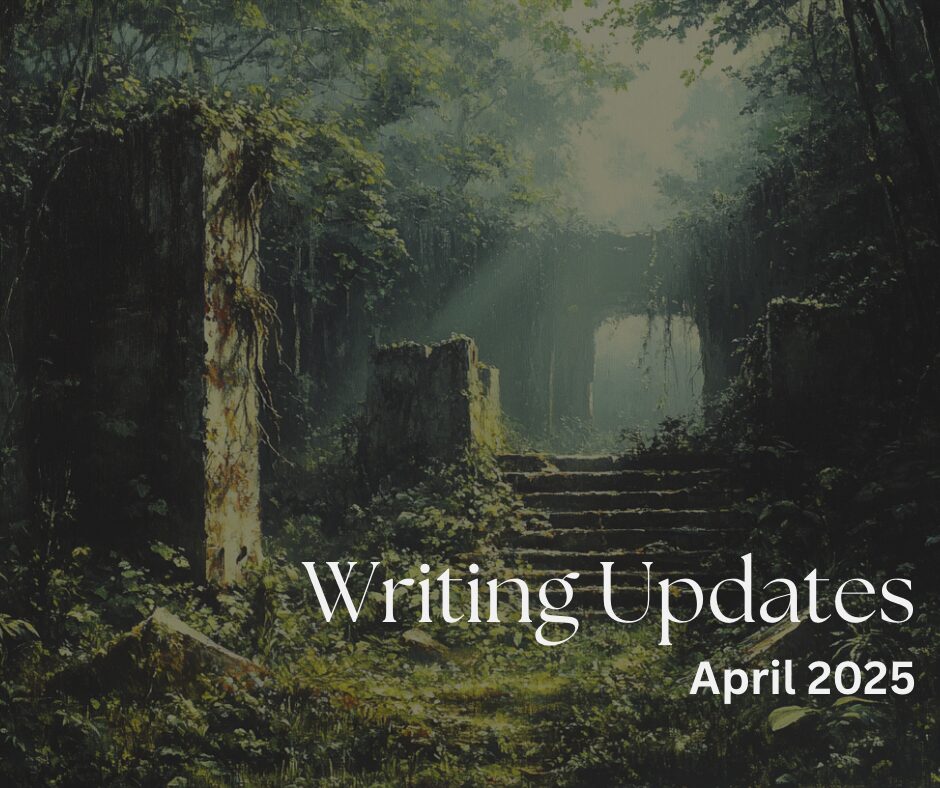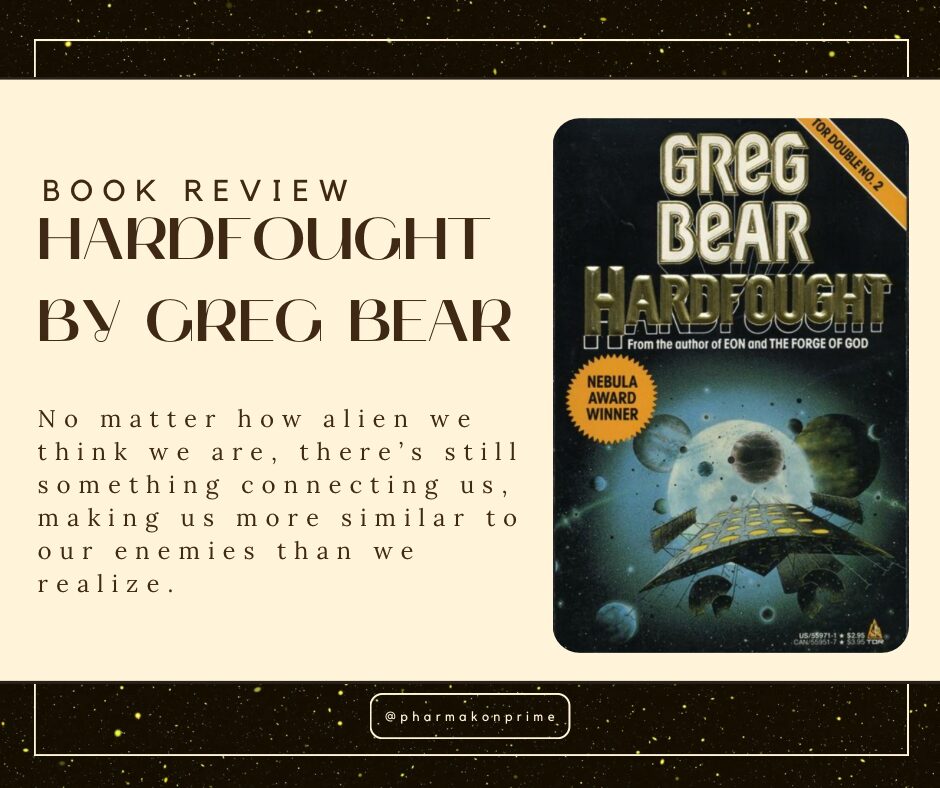I’m in the middle of reading Onyx Storm, the third book in the Emyrean romantasy series by Rebecca Yarros, so I thought it would be the perfect time to review the previous book, Iron Flame. If you missed the first book of the Empyrean, Fourth Wing, you can read my review here.
First Thoughts
Fourth Wing was undoubtedly a romantasy book. Violet’s enemies-to-lovers romance was front and center through much of the book. In Iron Flame, Violet and Xaden are a couple with problems. There’s a lot of resentment and miscommunication going on.
I’d say that while Iron Flame does still have romance elements in it, they function more as a subplot to the main fantasy plot line. As a fantasy reader/writer, I prefer that. If you are more of a romance/romantasy reader, you may not. Rebecca Yarros digs into the political landscape and the magic of dragons further. She spends a lot less time on Violet drooling over Xaden.
Another thing I noticed was that I felt like Iron Flame was two books stitched together into one. The build up to Violet’s imprisonment and torture was fantastic, and Dain’s realization when he learns the true, followed by Varrish’s death, was very satisfying. It felt like the book was done. I had no idea what an Iron Flame was, but the story seemed to have wrapped up nicely.
But I was only halfway through the book.
That’s not to say the second half was in any way bad; I loved meeting the gryphon riders in Poromiel and the build up to reestablishing the wards. The final reveal of Adarna as the final dragon type was pretty awesome. The climax of the second half was just as satisfying as the first half of the book. It just all seemed like the two halves should have been two separate books.
Adarna and Tairn
Personally, I don’t read these books for the humans. I read them for the dragons. Tairn is my absolute favorite dragon because he’s a mountain of angry, overprotective dad dragon. I love his snarky interactions with Violet and Adarna, and their quips between each other. Plus he’s just cool. Who wouldn’t want to ride around on the back of the biggest, fiercest, most experienced dragon?
Then there’s Adarna. She’s a bit of a brat at times, but Adarna has always been special, and this book reveals why. I love the idea of a chameleon dragon and a dragon that can scorch Venin. She’s a sassy teen right now with more spunk than is really good for her, but I’m excited to see her personality develop further. I’m also itching to know what signet she gave Violet.
Xaden and the Hubbub Surrounding the End of Iron Flame
So now for the controversial part. When Xaden was revealed to have channeled from the earth, thereby turning him into a Venin, you would have thought Rebecca Yarros had committed the crime of the century. My sister told me that she had no idea where the author could go with this as she’d spent the entire book telling us how impossible it was for a Venin to turn back.
I couldn’t help but chuckle and think, “First time?”
This is a romantasy book. The “romance” might be the first part of the portmanteau, but “fantasy” is still absolutely in there. The “person we love traps and incurable disease” is an extraordinarily familiar trope to both fantasy and sci-fi fans alike. I told my sister not to worry, that the Empyrean is supposed to have three more books after this, which would probably be spent finding the cure to being a Venin.
My opinion on this is far from common. Most of the memes, reel, videos, posts, etc. of Iron Flame are either people freaking out over Xaden becoming Venin or Dain taking Xaden’s place in Violet’s heart. Not very many people (if any) seem to have noticed that this is a common fantasy trope.
Since finishing Iron Flame, I’ve spent a lot more time pondering this than I might have expected. I think I’ve finally figured out what the problem is, and it involves something that Brandon Sanderson calls “promises and payoffs.” Every time an author makes a promise in some way, readers have expectations of how the story is going to go from there. If the author then doesn’t fulfill their promise (the “payoff”), the readers are disappointed. Maybe even furious.
That brings us back to Iron Flame, which is a romantasy book. Romantasy attempts to meld two very different genres–romance and fantasy–into one. But each of those genres has their own set of expectations and tropes. Fantasy generally includes romance between characters, but romance is its own, very distinct genre with rigid rules. Fantasy tropes are pretty much unheard of within romance books. There are no farmboys rushing off to save the world from the evil dark lord, no mysterious wizardly mentor, no shining magical swords.
So a fantasy reader might not appreciate the romance-heavy plot getting in the way of their fantasy in a romantasy, they are at least moderately familiar with romance.
Romance fans, on the other hand, love the romance in Fourth Wing and Iron Flame but don’t really know what to do with the fantasy tropes. Dragons are cool, daggers and poisons are cool, a hot shadowman is cool. But Xaden, the man of Violet’s (and many readers’) dreams turning into a bad guy? Finding out that the love of her life is now irredeemably evil? That’s not okay.
I think part of their struggle has been that romance books are designed specifically to be feel-good books that are a safe haven for a lot of people. They know the plot already. They know everything will work out. They know what the main characters’ personalities are going to be like.
And Iron Flame is nothing like that. Not at its heart.
It’s like having your teddy bear snatched away, dressed up in a cool dragon costume and then lit on fire. And that’s not anywhere near what they were expecting. They were okay with the teddy being dressed up in a dragon costume, but fire was not in the plan.
When I started reading romantasy with my sister, a bit of research taught me that romance is a very structured genre. But until I read Iron Flame and then started writing Stardust Lost, a short sci-fi love story, I didn’t realize just how vehement romance readers are about that structure. Happily Ever After endings, known as HEA, are considered an ironclad requirement. If there’s no HEA, it’s not romance. Genre tropes aren’t really subverted, which is another thing that’s at odds with fantasy, which loves subverting tropes.
(I am not a romance writer. I am not a romantasy writer. I am a fantasy and sci-fi writer. I may write love-centric stories from time to time, but I never promise a Happily Ever After. If you read my stories and don’t keep in mind that “everybody dies” is always an option, you’re probably going to get blindsided at some point. My stories are not all fluffy stories.)
None of this is to say that romance/romantasy readers shouldn’t stop reading the Empyrean or fantasy books in general. I’m a big fan of trying out different genres, authors, styles, whatever. You never know what you’re going to end up liking. But I do think it would be wise for people to heed the content warnings at the beginning of Onyx Storm:

For any fantasy readers who might be interested, here’s a warning to you too: It has a lot of romance. The main character is quite gushy about her boyfriend. As a fantasy reader, I’m loving the book despite this.
To everyone: Maybe give it a try, but knowing what kind of book it is and is not.
Conclusion
This is not a safe space book. This book could very well be triggering to some. It’s a fantastic book, but it is absolutely not one like The Spellshop where it wraps you up in a cozy blanket and feeds you chocolates by a warm fire. Iron Flame is about dragons that kill humans on their side. It’s about a backstabbing, murderous bunch of people fighting a war against creatures hell-bent on consuming all life. It’s also about a love story between two people desperate for each other yet dragged apart by decisions made to help protect each other.



